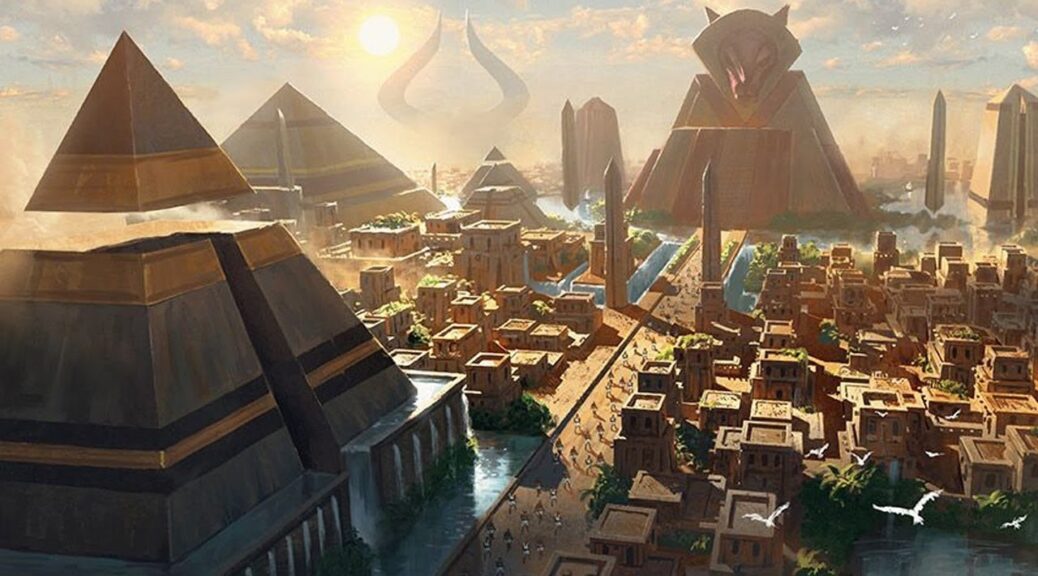An Advanced Civilization Could Have Ruled Earth Millions of Years Ago, Says the Silurian Hypothesis
Have you ever wondered if a different animal would evolve to have human-level intelligence, long after humans have passed away from this planet? We don’t know about you, but we always like to imagine raccoons in that role.
Maybe 70 million years from now, a family of masked fuzzballs will be gathering in front of Mt. Rushmore, building a fire with their opposable thumbs and wondering about what creatures carved that mountain.
But wait, would Mt. Rushmore even survive that long? And what if we’re the raccoons? In other words, if a technologically advanced species dominated the planet around the time of the dinosaurs, would we even have any record of their existence? And if not, then how do we know that didn’t happen?

The Land Before Time
It’s called the Silurian Hypothesis (and lest you think scientists aren’t nerds, it’s named after a bunch of Doctor Who aliens). Basically, it states that human beings might not be the first intelligent life forms to have evolved on this planet and that if there really were precursors some 100 million years ago, virtually all signs of them would have been lost by now.
In case you get the wrong idea, physicist and study co-author Adam Frank cleared things up in an Atlantic article by saying, “It’s not often that you write a paper proposing a hypothesis that you don’t support.”
In other words, they don’t really believe that there was an ancient civilization of Time Lords and/or Lizard People. Instead, their goal is to discover the ways that we might find the signs of ancient civilizations on other planets.
It might seem obvious that we’d see the signs of such a civilization — after all, there were dinosaurs 100 million years ago, and we know that because we’ve found their fossils. But they were around for more than 150 million years.
That’s important because it’s not just about how old the ruins of this hypothetical civilization would be, nor how widespread it was. It’s also about how long it was around.
Humanity has spread across the globe in a remarkably short amount of time — over the course of about 100,000 years. If another species did the same, then our chances of spotting it in the geological record would be a whole lot smaller. Frank and his climatologist co-author Gavin Schmidt’s paper is meant to pinpoint the methods of spotting deep-time civilizations.
A Needle in Time’s Haystack
We probably don’t have to tell you that humanity is already having a long-term effect on the planet. Even as it breaks down, plastic will degrade into microparticles that integrate themselves into the sediment for eons to come. But while they might hang around for a long time, it could still be difficult to count on actually finding that miniscule strata of plastic shards. Instead, it could be more fruitful to go looking for periods of heightened carbon in the atmosphere.
Right now, the planet is in the Anthropocene period, which is characterized by the widespread dominance of human beings. It’s also characterized by an unprecedented spike in airborne carbons. That’s not to say that there is more carbon in the atmosphere than ever before.
56 million years ago, the planet went through the Paleocene-Eocene Thermal Maximum (PETM), a period of extremely high temperatures around the world. We’re talking 70 degrees Fahrenheit (21 degrees Celsius) at the poles warm.
There’s also evidence of heightened fossil carbons in the air at the same time — and the exact reasons for that aren’t fully known. So was it an ancient civilization? In a word: no, absolutely not, don’t be ridiculous.
That increase of carbon unfolded over the course of a couple of hundred thousand years. The spike that we’re currently undergoing is a fresh-faced 300 years old.
The takeaway from this fascinating study is that there is, in fact, a way to look for ancient civilizations. All you have to do is comb through ice cores for signs of carbon dioxide in short, sharp bursts — but the “needle” they’d be looking for in this haystack would be easy to miss if the researchers don’t know what they were looking for.
